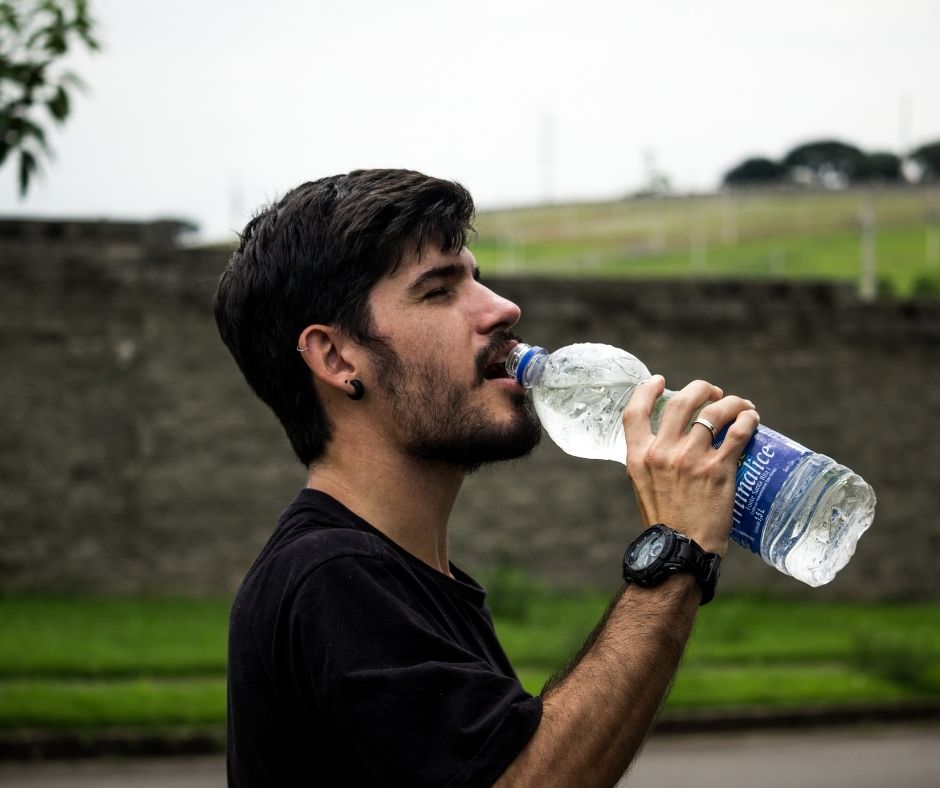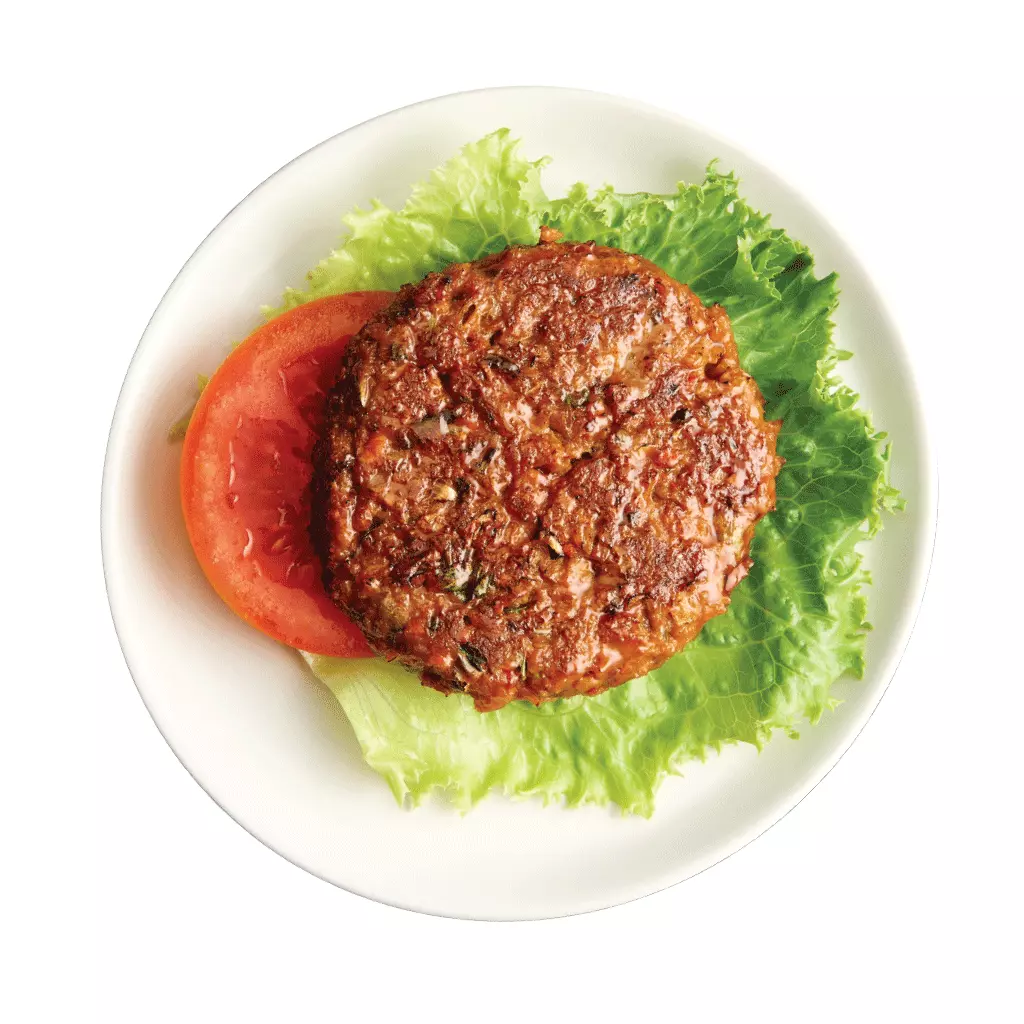“Keto flu”, also known as the “carb flu”, is a term coined by followers to describe the group of symptoms they experience in the beginning days of a ketogenic diet.
According to a study, a low-carb diet is the best for weight loss and metabolic conditions, such as type II diabetes. But while a keto diet is considered safe for most people, it does have some unpleasant and inconvenient side effects. You will feel fatigued, get angry easily, have frequent headaches, and find it difficult to concentrate. While these are not harmful or infectious like the “real” flu, they can be equally uncomfortable.
A lot of people on the keto diet have one or more of these keto flu symptoms in the first weeks of beginning the diet, especially around days 3 to 5.
The good news is, it’s only for the short term, and you will start feeling well soon. As a matter of fact, you may even feel more energetic than before you began the diet.
However, there are some simple solutions that can improve most (if not all) of these symptoms within a few minutes. Continue reading to know more about this and other cures for the keto flu!
What are the Common Keto Flu Symptoms?
Although the symptoms vary greatly from person to person, these are some of the commonly experienced ones:
- Nausea
- Fatigue
- Irritability
- Dizziness
- Difficulty focusing
- Lack of motivation
- Headache
- Sugar cravings
- Muscle cramps
Okay! So Why Do They Happen?
The keto flu, sometimes called keto induction, occurs when the body changes from mainly burning carbohydrates to burning fat for its energy. Transitioning from a diet high in carbohydrates to an extremely low carb diet reduces the levels of insulin in the body, which is one of the main objectives of the keto diet. Very low levels of insulin can cause the liver to start converting fat into ketone bodies (ketones), which most cells can use as fuel instead of glucose.
When your body is deriving most of its energy from ketones and fat, you are in the ketosis state.
However, it takes some organs (e.g., brain) a bit of time to adjust to using this new energy source.
When your insulin levels are low, your body reacts by getting rid of more sodium and water in urine. For this reason, you may find yourself urinating more frequently than normal in the first few days of keto dieting.
This transition is what brings about the quick weight loss that occurs in the early weeks of a ketogenic diet. However, the loss of large amounts of water and sodium in urine is the cause of many unpleasant keto flu symptoms.
It is important to note that not all people respond to keto transition the same way.
While some people may feel well or a bit tired for a few days after beginning keto, others may develop symptoms that strongly affect their functioning ability for days.
However, the keto flu does not need to be too hard to bear if you take the right steps to remedy the condition.
Keto Flu Cures
Usually, keto flu symptoms go away on their own within some days or weeks as the body adjusts to its new main fuel. But why suffer needlessly during this time when you can address the cause and begin to feel better immediately? The first tip is the most crucial and is often all you need.
1. Raise Your Salt and Water Intake
Since most of the keto flu issues are due to loss of salt and water, increasing the amount of these you take can go a long way in reducing your symptoms and even removing them completely.
Consume Salinated Water
Whenever you are experiencing nausea, headache, dizziness, or fatigue in the first week of keto, take a glass of water with a half teaspoon of salt mixed in. This will relieve most of your keto flu symptoms within 15–30 minutes, and you can do this two or more times a day, if necessary.
Stocks and Broths With Salt
Alternatively, you can take the bone broth, beef stock, chicken stock, or bouillon – and add one spoon of salted butter, if you want. If you are taking low-sodium stock or broth, add one or two pinches of salt.
Drink Enough Water

Also, make sure to take plenty of water.
The bigger you are, the more water you may lose in the beginning days of a keto diet, and the more you will have to replace. Generally, it’s advisable to drink at least 2.5 liters of fluid per day during the first week of keto.
This does not mean you should drink a minimum of 2.5 liters of “ordinary” water plus other fluids. While it is important to drink a lot of water, tea and coffee are also part of your fluid intake.
Remember to take caffeine (around 3 cups of coffee daily) moderately, as drinking it in high amounts can make you lose more salt and water.
Intake of adequate amounts of sodium, water, and other electrolytes, such as potassium and magnesium, can also help relieve constipation, which is another issue most people complain about in the early days of keto dieting.
2. Consume More Fat

Surely, raising your salt and water intake will relieve most of your keto flu symptoms. But if you are still feeling unwell after doing this, try to consume more fat in your diet.
Most people who are new to low-carb eating don’t like consuming fat due to years of misinformation that it is unhealthy.
However, if you suddenly reduce carbs without increasing your fat or protein intake, your body will believe you are starving. So, you will feel hungry, fatigued, and awkward.
A balanced keto diet should include adequate fat to make sure you
- Don’t feel hungry following a meal
- Can stay for hours without eating, and
- Be full of energy
Ensure that you increase your fat intake in the early keto days until your body fully adjusts to using ketones and fat as its main source of energy. Once your body has adjusted, you can slightly reduce fat to know how much you need to be full and satisfied.
When unsure of how much fat to take, try adding butter or other fat to your meal.
3. Slow Down Transition
If you have added more fat, salt, and water and still feel tired, achy, and miserable, we advise that you continue keto eating for a couple more days until your symptoms disappear. Remember that keto flu symptoms are not permanent – they will soon go away once your body adjusts to burning fat.
However, you can slow down your keto transition by eating a few more carbohydrates, for example, by consuming a more moderate amount of carbohydrates in your diet, i.e., 20 to 50g of carbohydrates per day.
Taking more carbs may mean slower weight loss and decreased improvements in your health.
However, it may still result in improved health, especially if you are avoiding sugar and processed foods. And keto flu won’t be a problem anymore.
After your body has adapted to eating low-carb, try to keep your daily carb intake below 20g again to see if your body prefers this or a slightly higher carbohydrate intake.
4. Go Easy With Physical Activity

While your energy and stamina may increase when on a keto diet, trying to do too much in the beginning stages of keto dieting can make your keto flu symptoms worse.
Studies conducted by popular keto expert Dr. Steve Phinney on obese people and endurance athletes show that physical performance reduces in the first week of starting very low-carb eating. Thankfully, this research also indicates that performance usually goes back to normal and may even improve within four to six weeks.
Stretching, walking, yoga, or other mind-body exercises should be okay and might improve your symptoms. However, try not to stress your already stressed body by engaging in any rigorous workout. Go easy with exercise in the early weeks of keto and gradually increase the intensity of your workouts.
5. Don’t Deliberately Limit Calorie Intake

Many people find that they don’t feel very hungry in the first few days of keto. This may be due to the headache or nausea that lowers appetite for food. However, some people may be starving but worry that they are consuming too many calories to achieve a quick weight loss.
For example, the popular Atkins diet starts with the induction phase, which is the strictest phase that makes you burn a lot of fat and slip into the ketosis state fast. People on this diet can take as much of the permitted foods needed to feel full as long as they limit their carb intake to 20 or fewer grams per day.
It’s not good to place too much importance on calories when trying to adapt to a ketogenic diet. The keto flu symptoms may even worsen if you allow yourself to get hungry or worry about how much food you are consuming.
After you have fully adapted to ketosis, your appetite may reduce, and you will eventually be eating less food.
Consume as much of the permitted foods as you need to feel full and keep keto-snacks, such as hard-boiled eggs, in the house in case you feel hungry between meals. Plus, ensure that you are not getting too full by eating slowly and looking out for hunger and fullness signals.
While a ketogenic diet grants many benefits, it’s important to do it under expert supervision for healthy weight loss.
Keto diets have come a long way and there are many modified versions that offer even greater and faster results (take Ideal Protein ketogenic protocol for example).
You can get answers to any questions about keto flu and ketogenic diets by scheduling a complimentary consultation with our nutritionists.
Feel free to get in touch.






